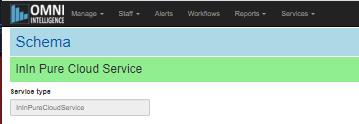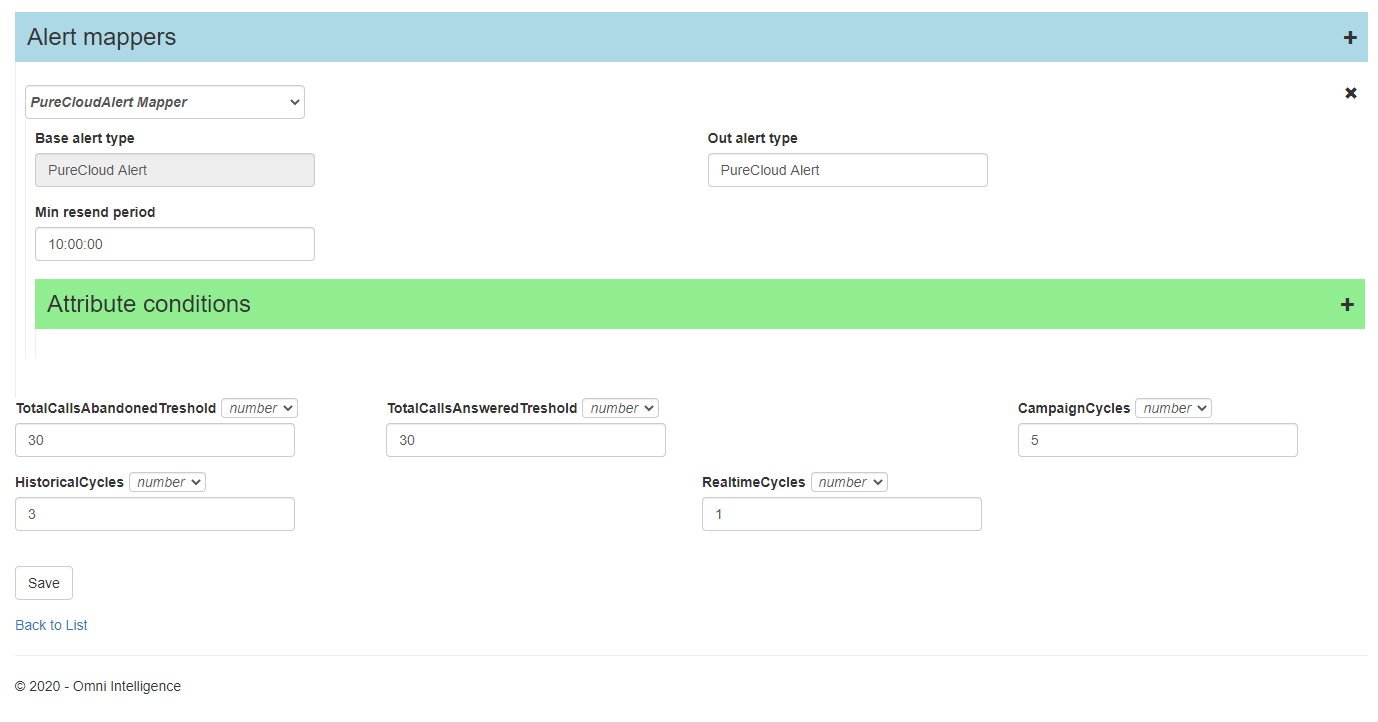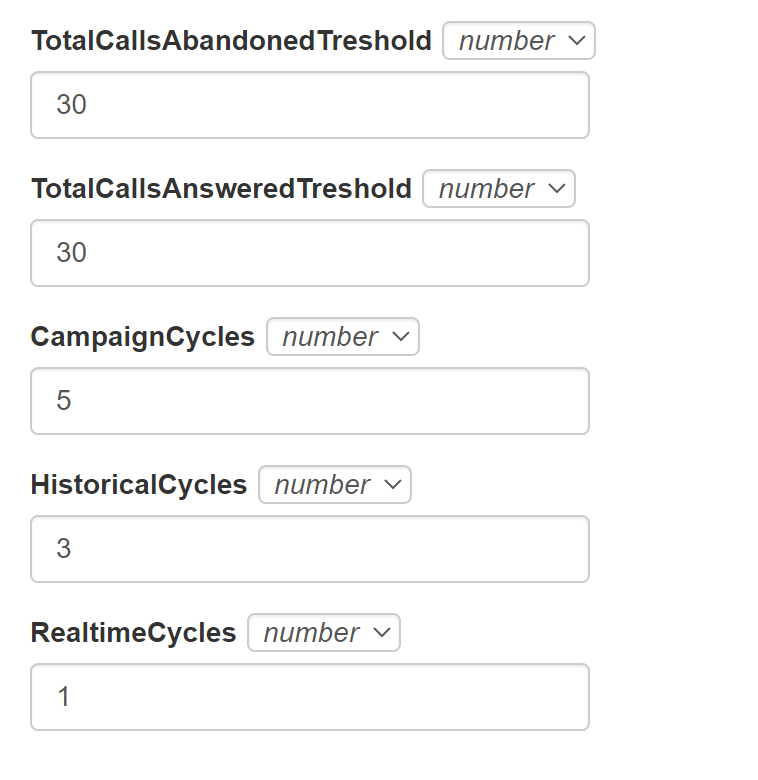Alerts & Alert Escalation Workflows
Home ► Quick Access ► Alerts & Alert Escalation Workflows ► Workflows Alert Mapper
Create a Workflows Alert Mapper
Overview
'Alert Mappers' are considered the 'triggers' for the Alert to be escalated. In other words, they are the condition required for the alert to set off. Before you can set up any automated workflows, an Alert Mapper must be set up.
Requirements
- You need to know the exact name of the service you wish to monitor. This name may or may not be the same name labelled on your display or reports. Please consult your system administrator (who will be responsible for your Omni Intelligence (OI) support).
- You will need to have Administrative access.
Instructions
Create an Alert Mapper
- Log onto the Omni Intelligence online platform and navigate to Services -> Agent Services.

- Click "Edit Configuration" next to the connector agent you wish to monitor.

Select the Service you wish to monitor and click "Edit". Typically there would only be one.
The next screen should look like this in the top left corner.

- Scroll down to the Alert Mapper section.

Click the “+” symbol to add an Alert.

Choose the type of alert. Typically it would be a PureCloudAlert Mapper.
Set the “Min Resend Period”.

The Min Resend Period is in 'hh:mm:ss' format and is the time between alerts being generated. If the alerts generate too quickly after the previous alert, the previous threshold may not have decreased below the threshold level set.
Enter a name under 'Out alert type'. This will be the name of your alert.

If unspecified, this will default to the type of alert mapper you selected.
Now you need to choose Alert Conditions.
Alert Attribute Conditions

Click the '+' icon.
By default it will expand to look like this:

This default setting is not useful. Typically the first thing you will do is change the field to be the name of the queue you want to monitor so that it looks like this:

The next thing is to add another attribute that you wish to monitor. Click the '+' icon on the Attribute bar again to select another field to monitor.

This example would generate an alert whenever the Longest Waiting Time in your selected queue was over 300 seconds (5 minutes).
Any realtime fields and their combinations can be used as alert attributes. Click here for a full list of realtime fields. It should be noted that any fields and their combinations can be used in the alert configuration.
Alert Attribute Thresholds
It is possible to edit further parameters for the alert. Typically there would be no need to change these.
Direct Link.

Final Steps to Creating an Alert
Click "Save" to apply these changes.
Before these alerts can be used, the Agent Service needs to be restarted. To find out how, click here.
TIP: Please remember that this will delay data and generally needs to be scheduled to be done outside of business hours. This very much depends on the size of your call center and how critical the displays are to the agents. If in doubt, consult your IT Support.
What's Next?
Now that you have made a trigger, you can create a workflow that reacts to your alert condition.
Click here when you are ready to move on to the next step.
